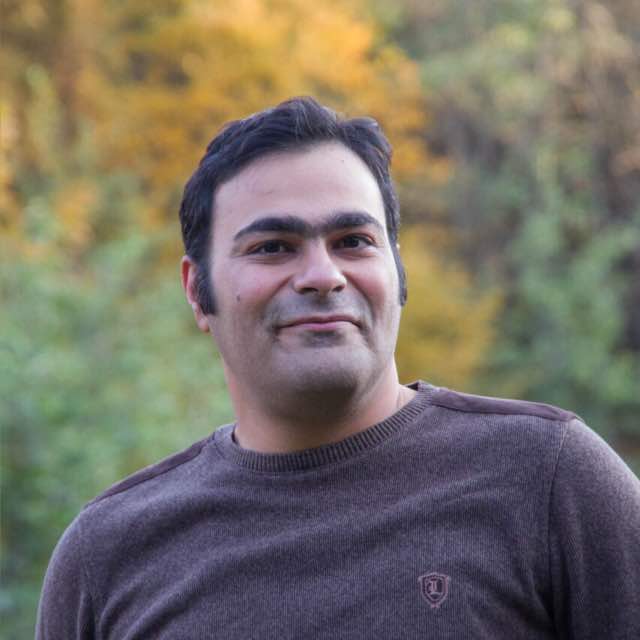
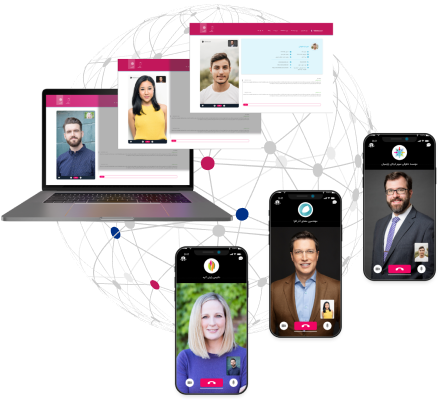
The idea behind this project is something that could have a significant impact on hiring and it is a constructive approach in HR departments in companies.
You may be familiar with job fairs. It is a gathering of companies to promote their open job positions. Also, job seekers can talk directly with HR managers to introduce themselves. If this brief conversation goes well, then HR will invite them to have an extended interview meeting at the company.
Also, employer branding is the other goal of companies that attend fairs. So, with all this in mind, imagine an online job fair where job seekers could view different companies’ booths, view their open job positions, and apply for them. Companies could view a list of applicants and check their resume. If they find an interesting resume, they could set a date and time during the fair to have a quick chat for about 15 minutes with the candidate!
Online Job fair
A virtual gathering of companies
Being a virtual gathering of companies, an Online Job Fair helps both candidates and companies to communicate through a brand new innovative way in which both could attend an online video interview at a specific date and time.
- View a list of jobs
- Send your resume
- Analyze CVs and short list them by HR
- Get the date and time of interview
- Interview online
- Get hired!
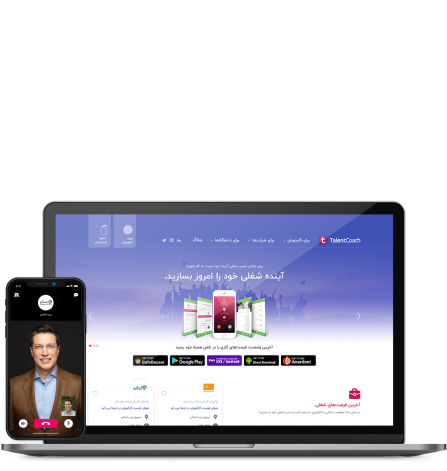
Benchmarking
I started my job by benchmarking successful online job platforms. There are tons of job sites on the internet. But job fairs are something that I rarely considered as a platform.
Job fairs are typically considered as a physical gathering and it’s hard to find something similar to it.
The job fair is mainly held by universities and job seekers are mostly freshly graduated students who wish to start their career path.
So, This was the first and huge discovery! We should change our target users to fresh graduates. Moreover, companies that have requested for their internship program are the main part of our users. Besides, I should point out the fact that I learned a lot from “vFairs”, “iVent” and “Brazen”.
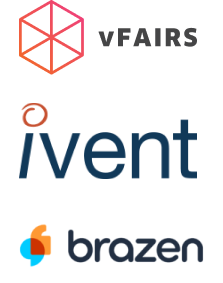
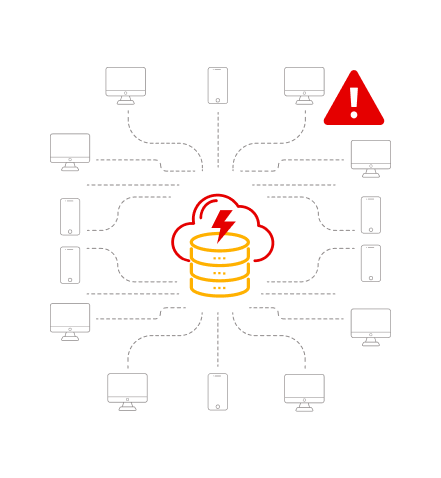
The Big Problem
Irantalent company tried to hold a fair several times. They have got negative feedback every time because they did not consider any scheduling process before holding a fair. So, massive traffic came to the server every time, and the website got down.
The Solution
The scheduling process solved this problem by dividing users into separate parts, and the server could cope with normal traffic. Also, the video interview was designed based on end-to-end connection and this approach cut all the loads from the server.
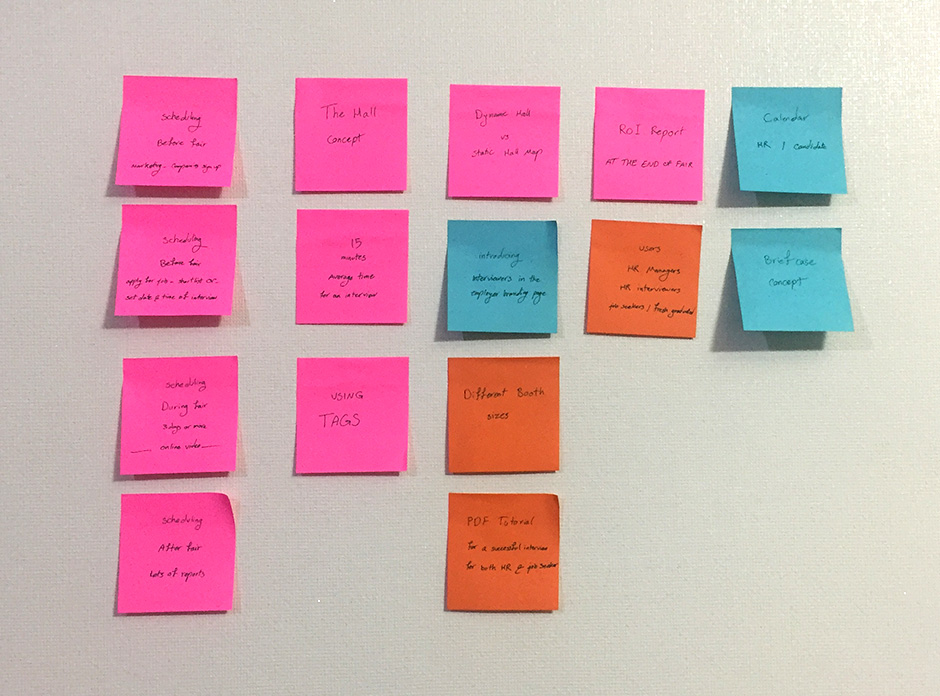
New ideas
My research led me to a dozen ideas that each of them could make different characteristics in our product. So, I listed my ideas and introduced them through several meetings with managers and product owners.
We discussed new ideas and some were accepted to be put in different iterations of software development. Here are some of the new ideas
Hall concept
There are several halls in a fair in reality. Why don’t we have it in virtual online job fairs?
We could name a hall and categorize companies into different halls based on their industry. Therefore a specific hall. For instance, one hall is dedicated to companies in the food industry. Another one for banking companies. One for constructions, and so on.
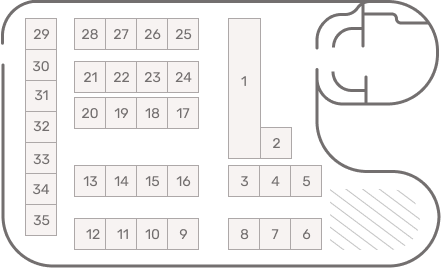
Dynamic hall map vs Static hall map
We could have two ways to shape the fair hall. One is to have a fixed and static plan in which companies could view a fixed booth size and its price. They could choose the location of their booth and buy that location.
The second solution was to have a blank page in which the user could shape his booth by selecting the number of boxes he requests. Thus we will have a different plan each time the fair is held.
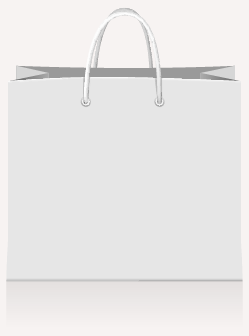
Briefcase concept
In reality, after visiting a fair you come back with brochures and catalogs of companies attended the fair. So we could give the companies the access to upload their promotional materials such as introduction videos, brochures, and catalogs on the company page. Visitors could add them to their briefcase and download the whole briefcase after visiting.
Scheduling
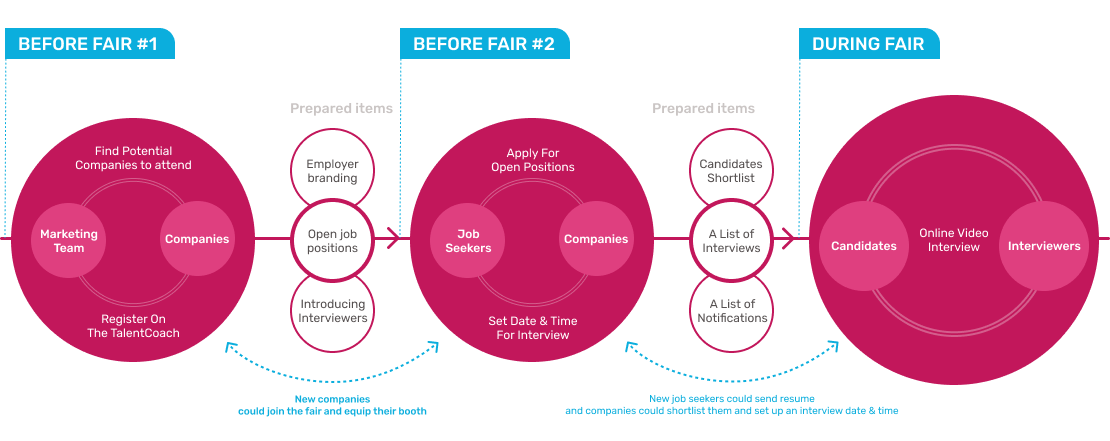
Before fair – Part 1
At the first point, the marketing team finds companies that want to attend the fair. Companies could sign up on the website and fill out all the employer branding sections to make an eye-catching introduction page for their company. Moreover, they could put all open job positions in the panel.
So job seekers could view company job positions. And finally, companies could register their interviewers who wanted to be in the interview with the candidate.
Before fair – Part 2
The fair section on the website and application is accessible for job seekers now.
They could view the company’s page, apply for job positions. And on the company’s side, HR managers could view a job seeker’s CV and decide whether to shortlist them for an interview or not. The HR manager could schedule a date and time for an interview with a candidate. We send notifications and email to candidates to inform them about having an interview with a specific company.
During fair
Fairs are normally held in 3 days or more. HR interviewers could talk with the candidates through our platform based on the scheduled date and time that they built before the starting day of the fair.
Also, it is possible to check new resumes and add candidates to the time table to interview during the fair time.
HR managers could rate a candidate and write a note about him/her. So, they can filter and sort candidates after the fair and could decide better to continue the hiring process with more appropriate candidates.
After fair
Companies could access CVs for a certain period. Also, they could view statistical reports about participants’ attributes such as age range, gender, education, universities, the field of study, city, and …
User Persona
There were 3 different types of users on the platform:

HR managers
These users are mainly the oldest part of our users. HR professional people whose goals were seeking for appropriate candidates that suit their organization well. These users wanted a comprehensive and sophisticated panel to build the employer branding of the company, post job positions and the ability to check CVs, filter and sort them, shortlist potential candidates, and finally set a date and time to interview with the shortlisted candidates.

HR interviewers
These users’ tasks in the platform were restricted to only having an interview with candidates, write a note about them and rate them. This person’s real job could be an HR manager, middle manager, a product owner, a team leader, a developer, or anyone who can interview a candidate.
These users mostly wanted a smooth and easy to use video panel to talk to candidates, an accessible resume of the candidate, and an input area to write down any feedback about the candidate during the session.

Job seekers
As I explained before we decided to target freshly graduated students who want to start their career path. They are mainly the youngest users on the platform. These users are mainly familiar with tech and also a mobile application could help them track all fair during the period of fair time.
The interview meeting is held in the application! At the scheduled time of the interview, when the interviewer enters the meeting room, the talent coach application rings (like Skype or WhatsApp!) And the candidate could start the video interview session by answering the call.
User Journey
Three types of users need 3 types of user journey. I listed the capabilities and limitations of each type of user.
I decided to show all the pages without the need to log in just before applying for a job position. So, job seekers could see the halls, employer branding page, job positions, list of interviewers of companies without the need to sign up. After signing up and confirming email, they could build their CV on both mobile application or website. Having a complete CV, they could apply for open job positions in companies.
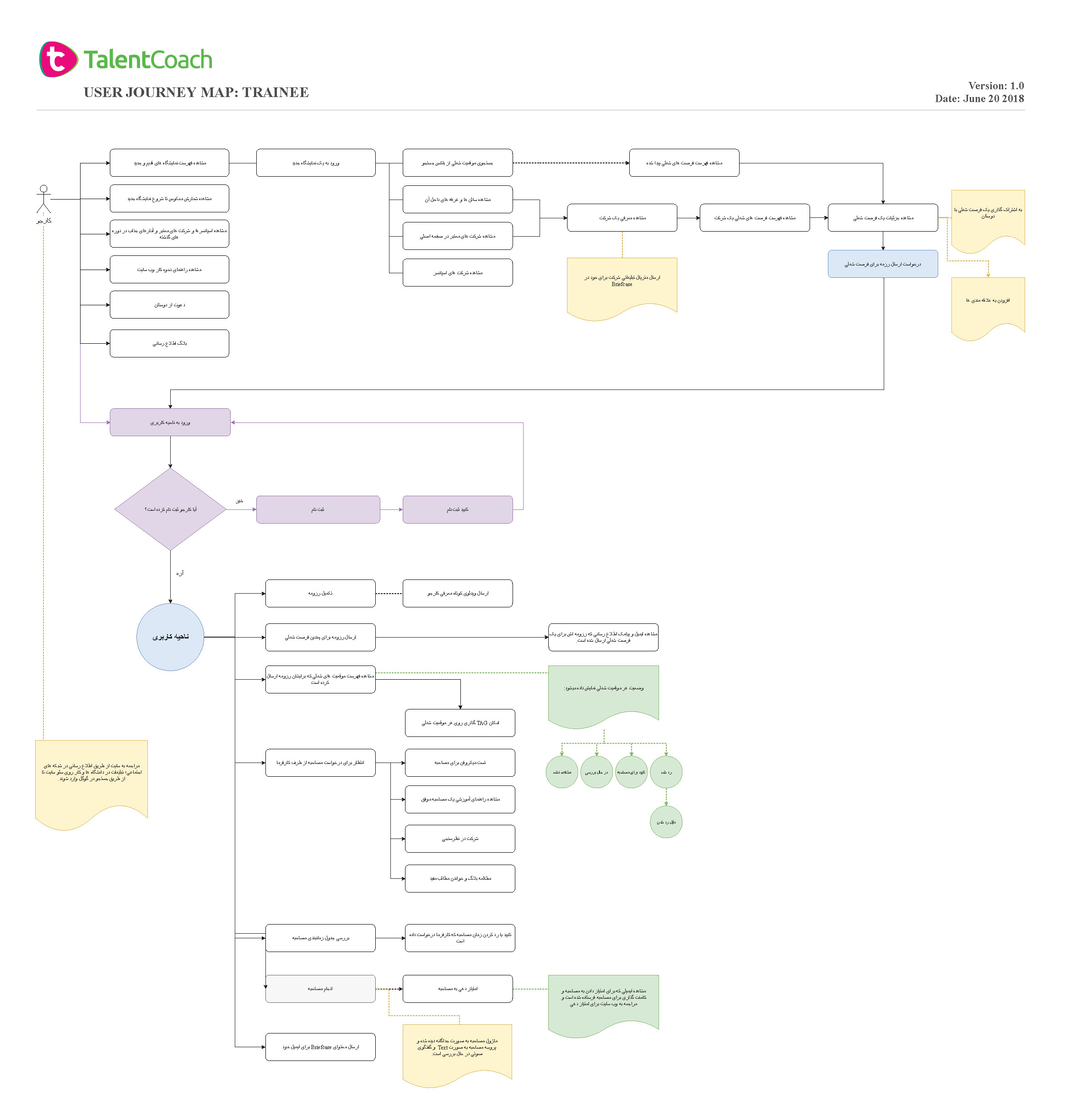
Every job seeker has a calendar that shows the date and time of the interview with companies that find their resume acceptable and want to have an interview with them. Moreover, they could view the status of their application which were not seen, pending, interview approved, rejected, approved
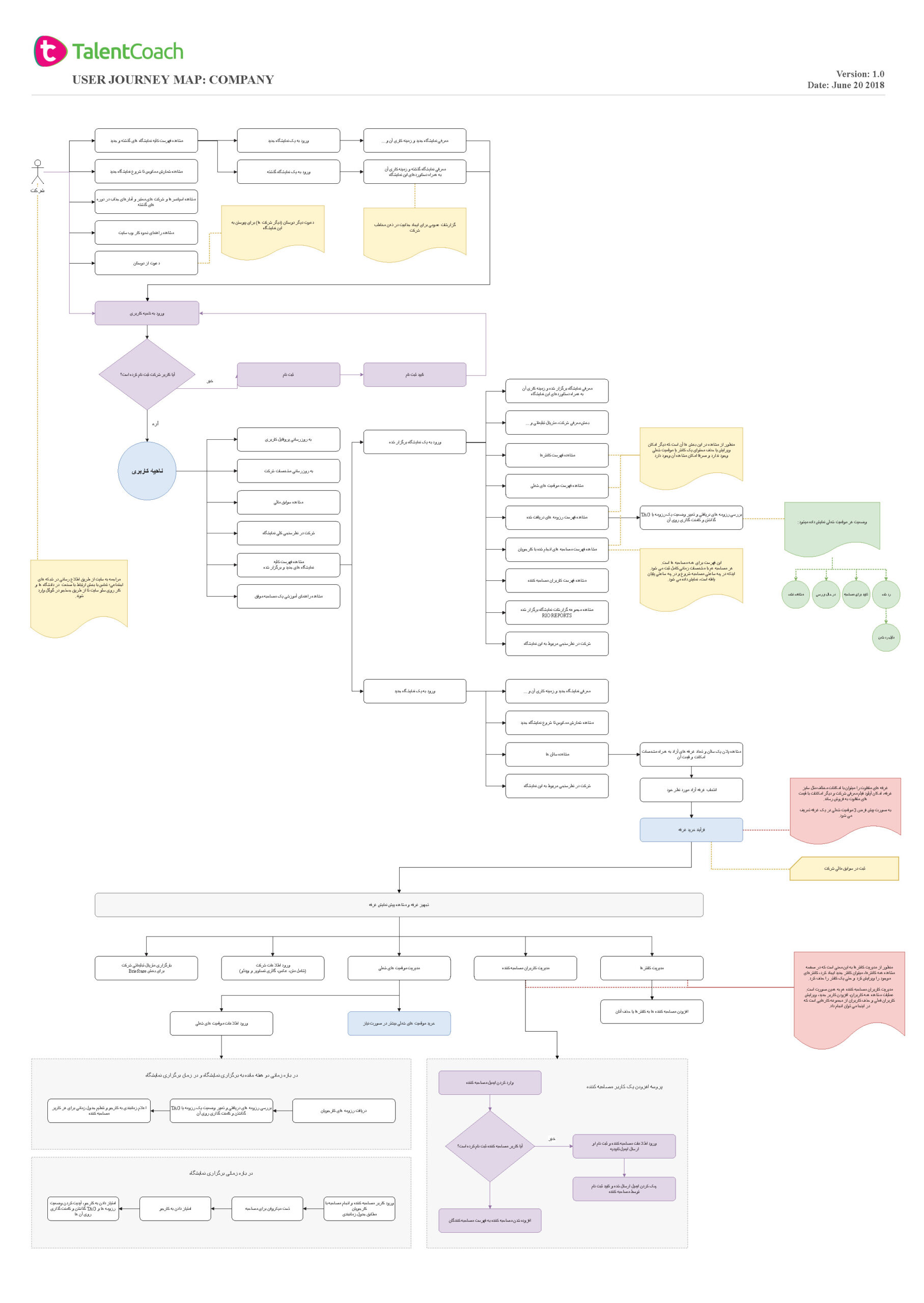
Wireframes
Some wireframes of the company’s panel
Some wireframes of the job seeker’s mobile application
Part of UI Designs

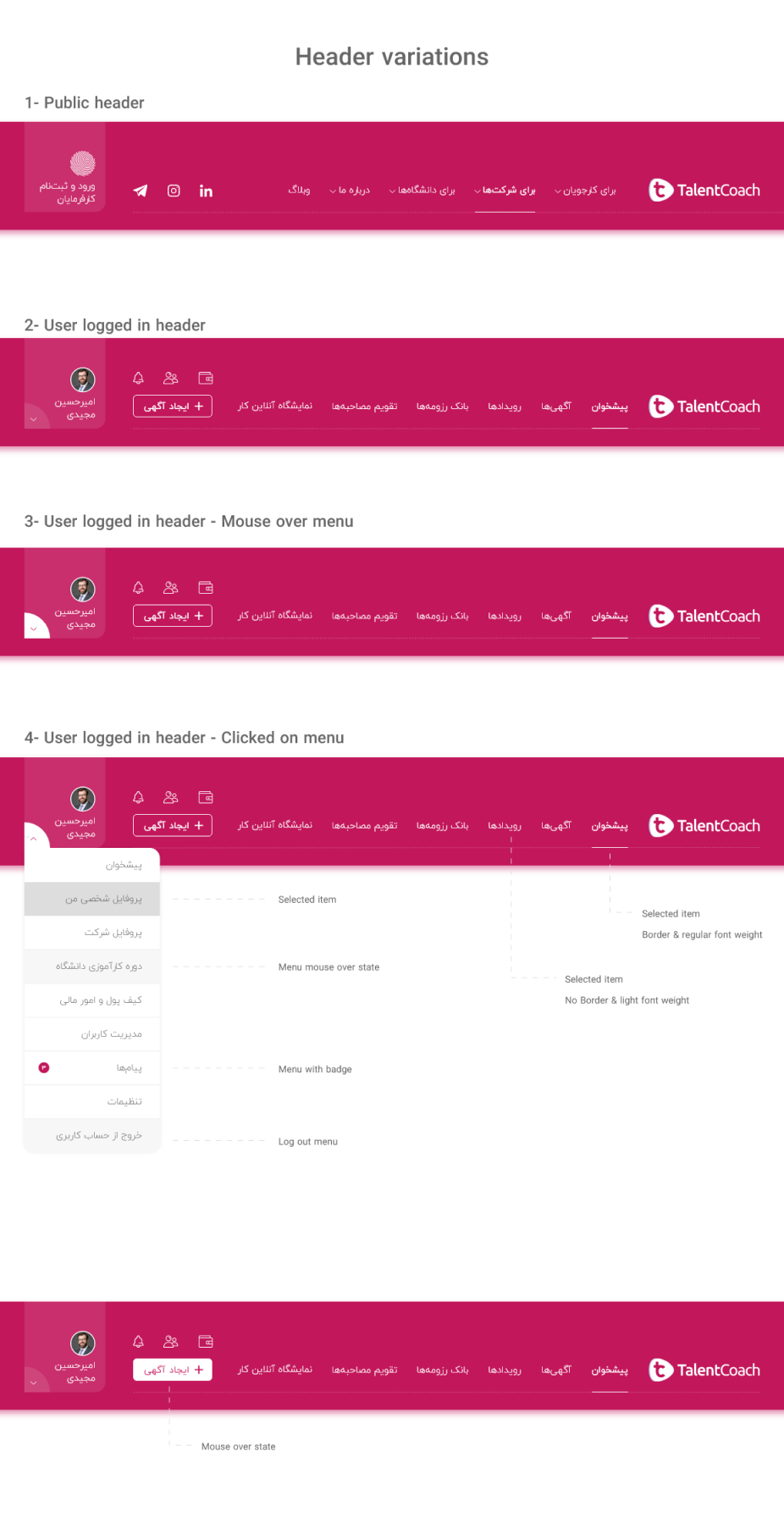
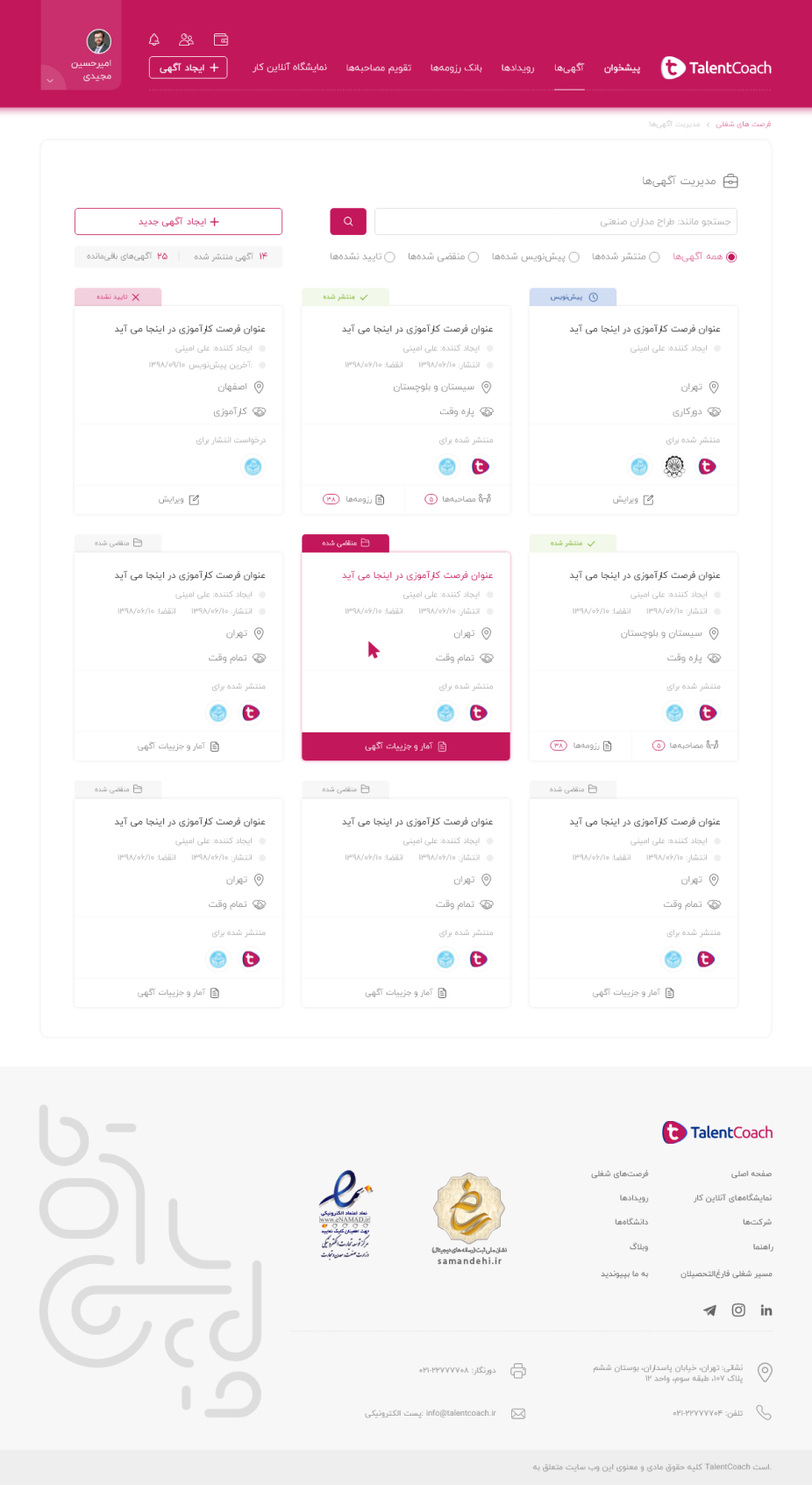
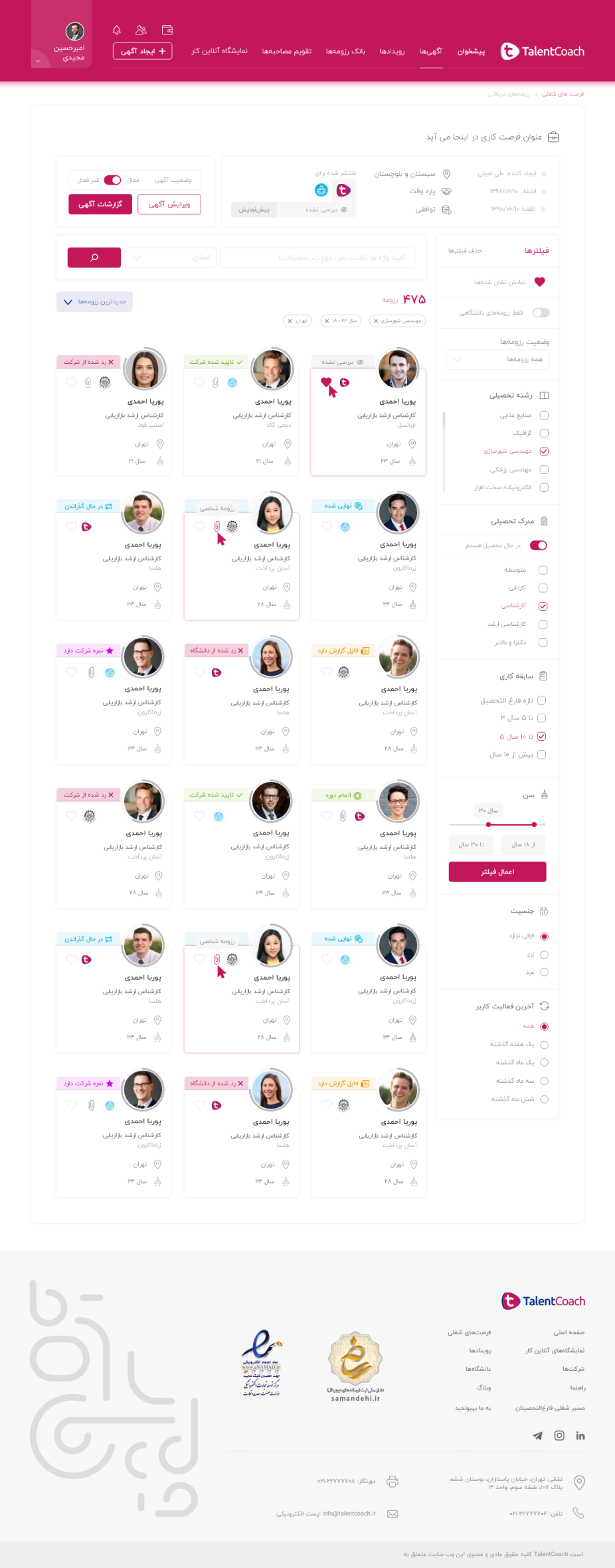
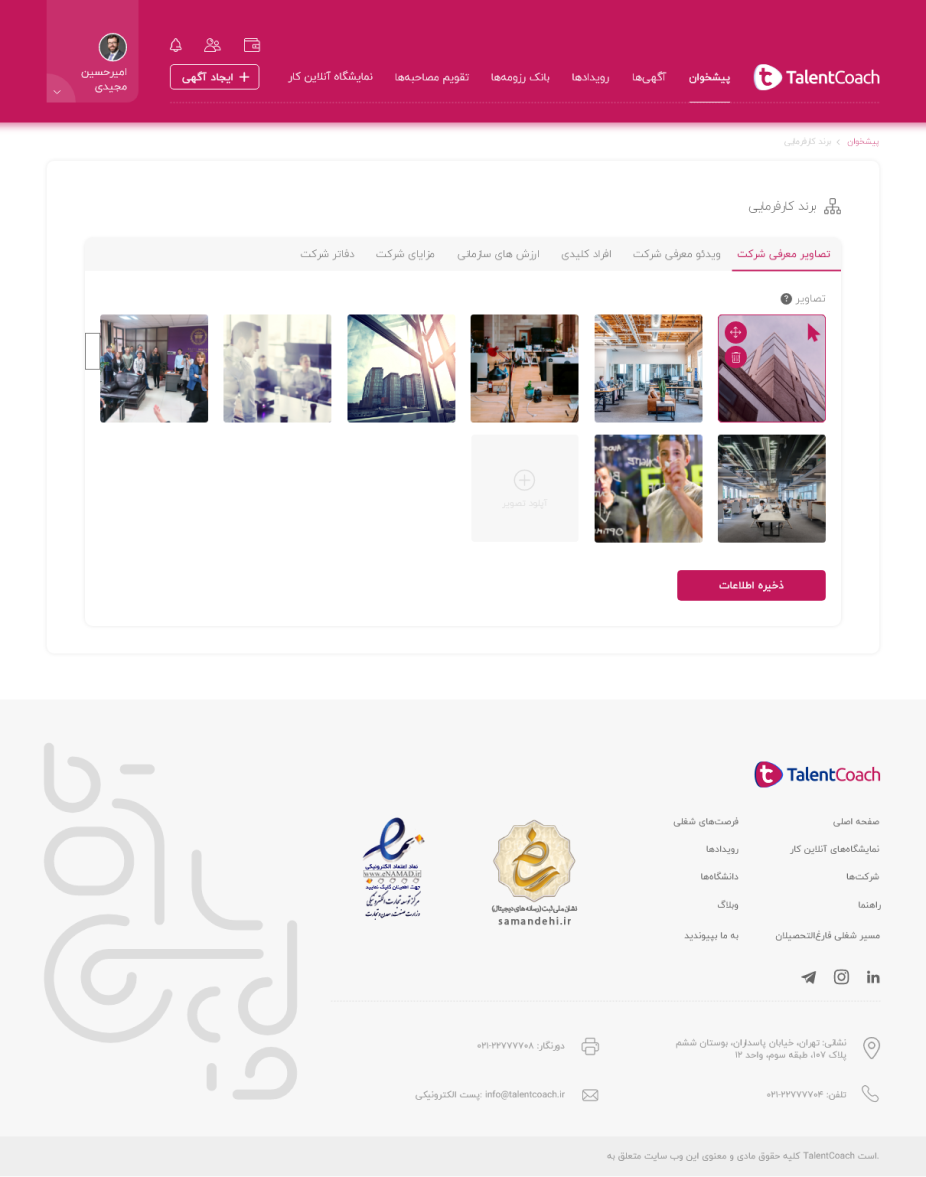
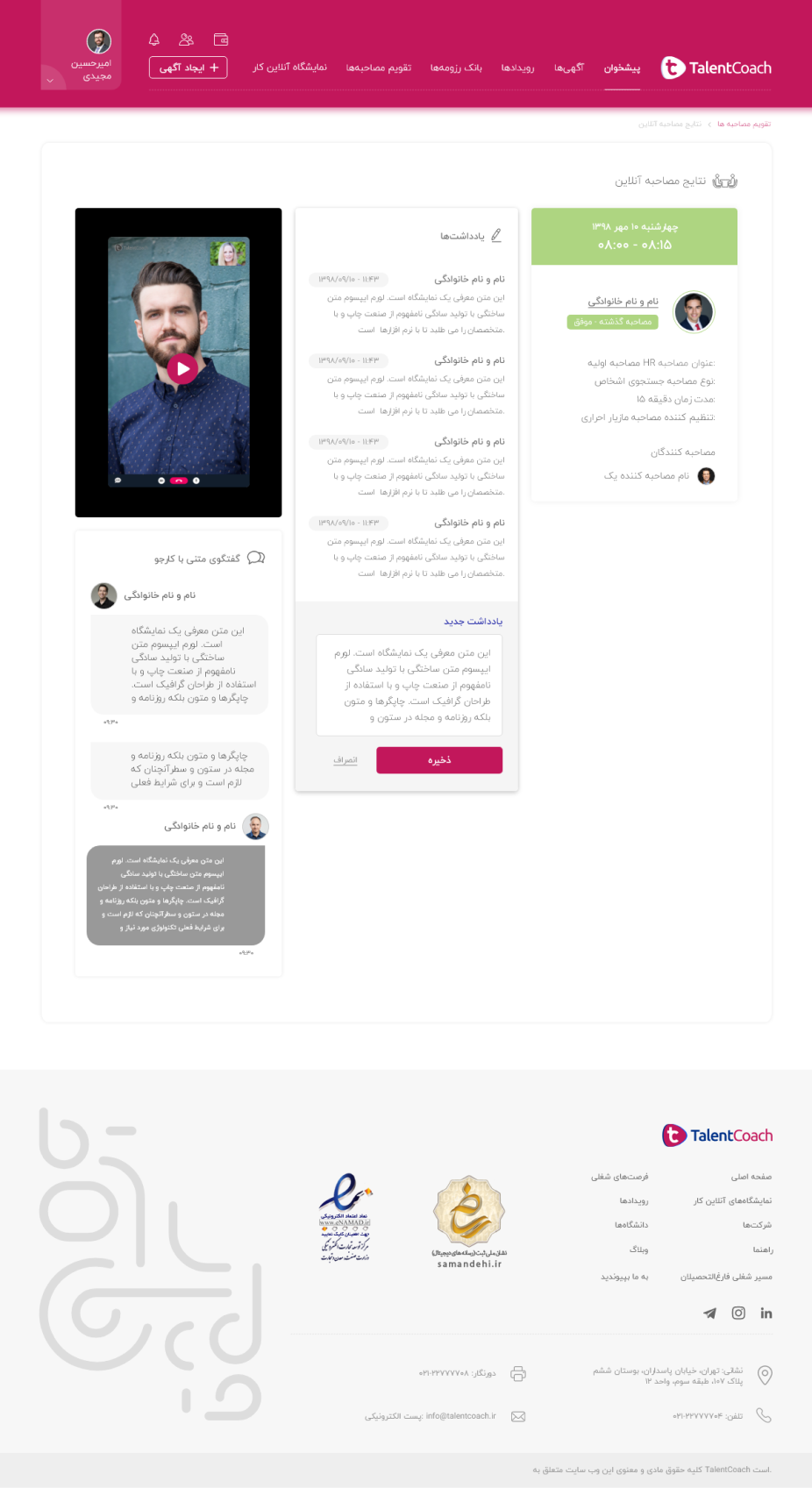

Thank you
I must say that it could not have been achieved without the collaboration between a great team inside the IranTalent company. Also, I want to say thanks to all developers including the front-end, back-end, DevOps, and our great tester who put a lot of effort into examining the system and making a great quality assurance.
And last but not least, our manager and the product owner who gave me this opportunity to think freely, design, test, enhance, and produce a great user experience in this process.
